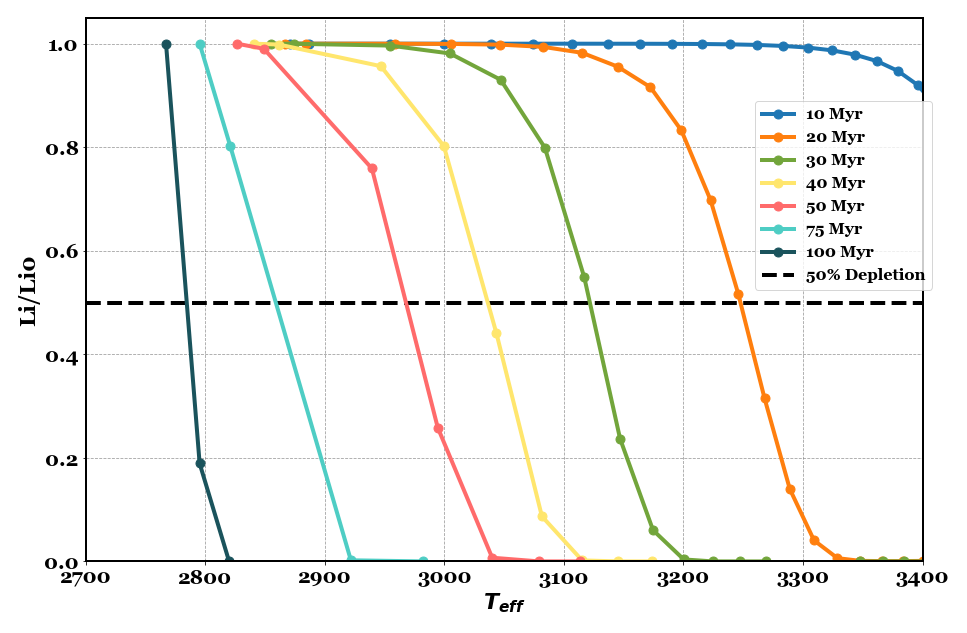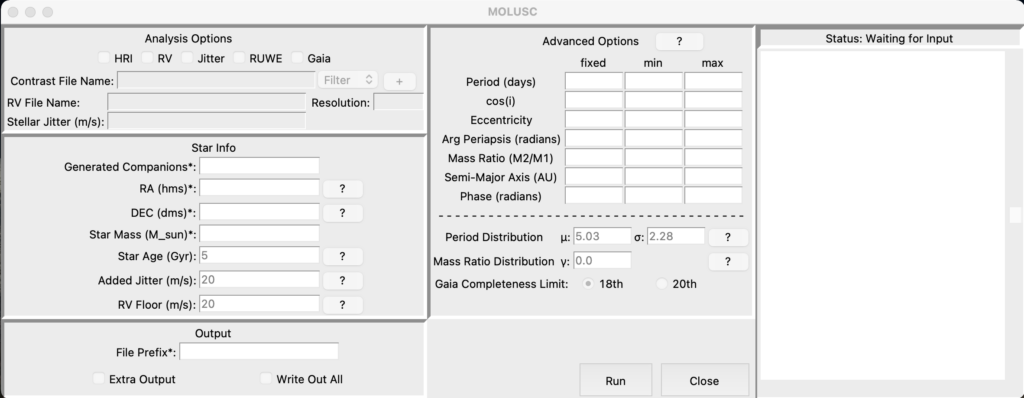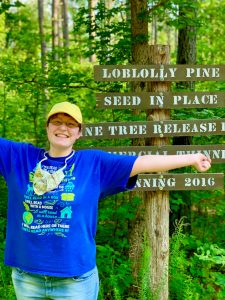My current research interests are young stellar clusters and moving groups, and binary stars.
Young Stellar Clusters
Stellar clusters are laboratories for studying stellar evolution and the formation of planets. Since all the stars in a cluster formed together they have the same age and the same formation history. Astronomers rarely get to control the aspects of the stars they are trying to study and understanding the interaction between the many different variables that effect star and planet formation can be nearly impossible. By studying stars in a cluster you can in effect hold constant two of those variables, age and formation environment, and gain a better understanding of the others. And by studying multiple clusters you can see how whole populations of stars change over time.
Lithium Depletion
However, in order for this information to be useful, the age of the cluster has to be known. I am using the Lithium Depletion Boundary method to determine the ages of several young clusters in the stellar neighborhood. The Lithium Depletion Boundary is a method of determining the age of a large group of stars. It utilizes the fact that stars form with some amount of lithium, and keep that lithium until they reach a hot enough temperature to burn it; at which point they rapidly burn through all their lithium.
 The figure at the left, using stellar evolution models from Greg Feiden shows the depletion of Li from initial levels over time. A star with a temperature of 3100 K will have Li if it is 30 million years old, but won’t if it is 40 million years old.
The figure at the left, using stellar evolution models from Greg Feiden shows the depletion of Li from initial levels over time. A star with a temperature of 3100 K will have Li if it is 30 million years old, but won’t if it is 40 million years old.
By measuring the amount of Li in the low mass stars of a cluster the boundary between stars with Li and those without can be found, and then matched to the stellar models to determine the age.
Membership
In order to study the age (or any other quality) of a cluster it is very important to make sure that the stars that you are studying are in fact members of the cluster. Imposter members will throw off any measurement of the age. Since clusters form together, all members of a cluster will have similar position and movement, and similarities in other qualities related to age, like activity. By examining these traits membership probabilities can be determined and imposters removed.
Binary Stars
Binary stars are incredibly common in the galaxy, with an estimated 50% of Sun-like stars having stellar companions. However, the companions are not always easy to detect. Even if a companion is not detected in existing observations, one may still be present. Companions can have wide ranging, and poorly understood, effects on the evolution of the primary star, and planets within the system, so it is important to understand when companions may be present – but undetected – in a star system.
While some observations may not detect a companion, they can be used to place constraints on what kind of companions could be present. I have developed a tool, MOLUSC, which can place limits on the possible companions within a system, by combining different types of data. By using a mix of observational data from different sources (for example Radial Velocity or High Resolution imaging), we can place stronger limits on the system than could otherwise be determined, since the different data sets rule out different types of companions. MOLUSC is capable of combining astrometric, imaging, and velocity information, either user-provided or obtained from the Gaia survey.
MOLUSC can be used to rule out false positive signals in planetary detections caused by stellar mass companions, or to perform statistical analysis of binary occurrence rates in large samples. The code is fully described, and some of these uses demonstrated in the paper “Characterizing Undetected Stellar Companions with Combined Data Sets” (Wood et al. 2021), and can be found at https://github.com/woodml/MOLUSC.

